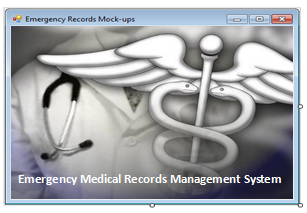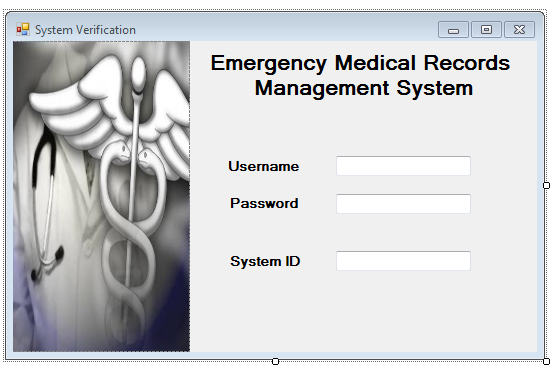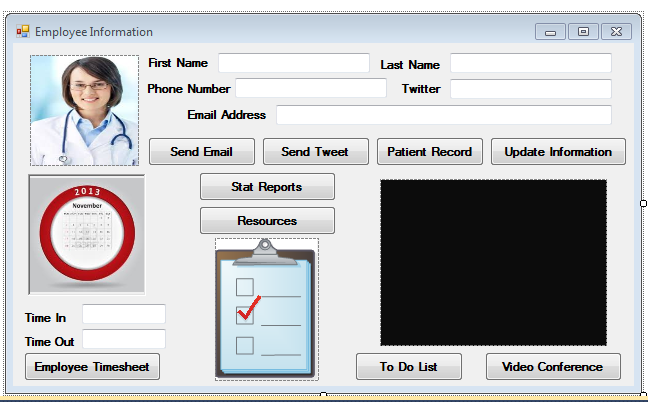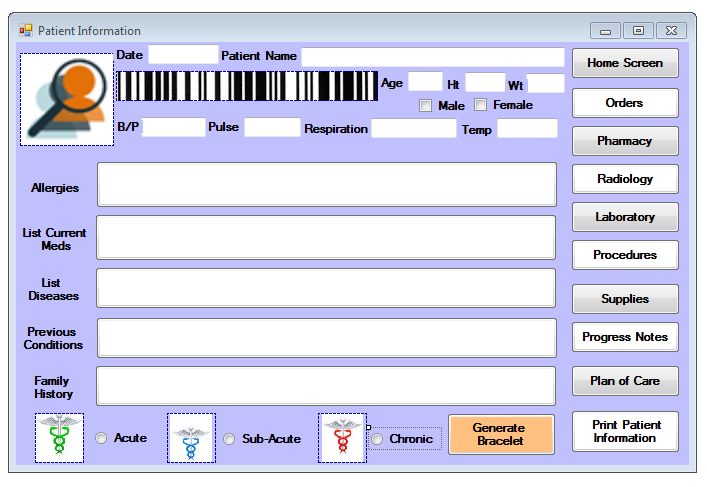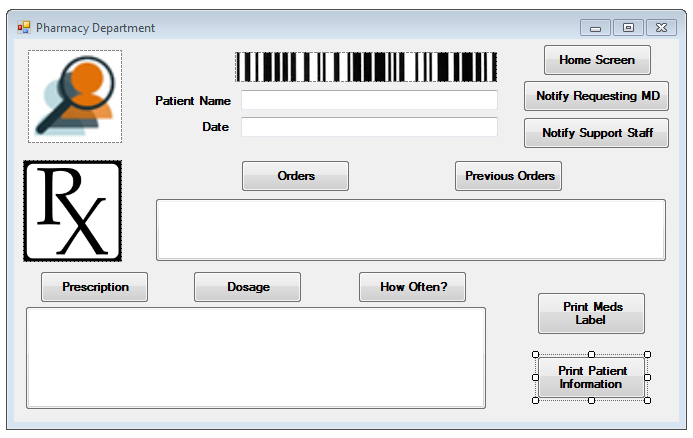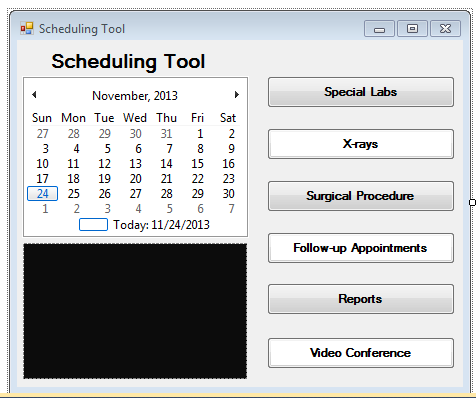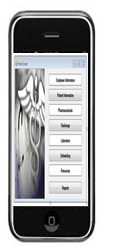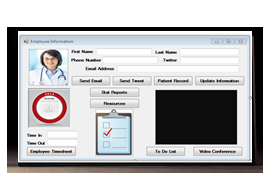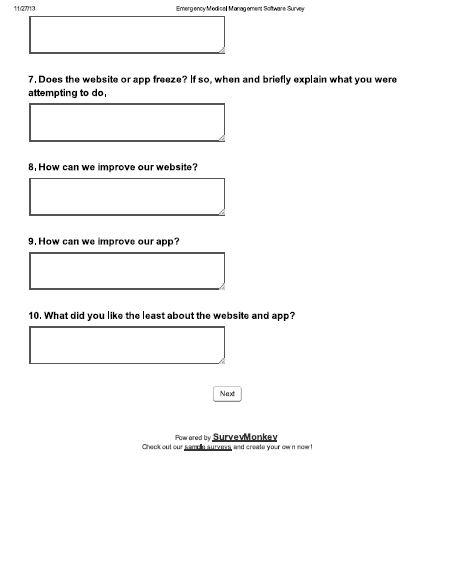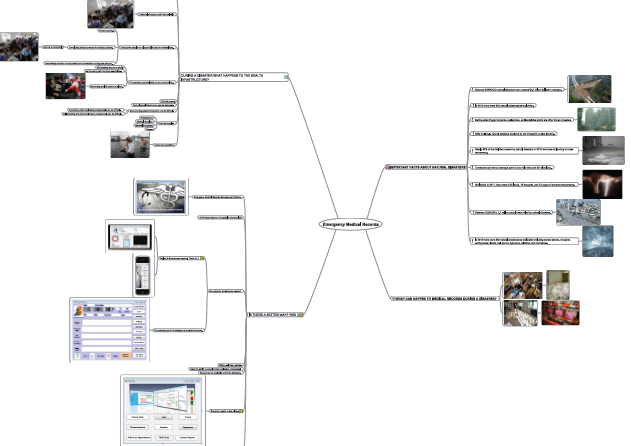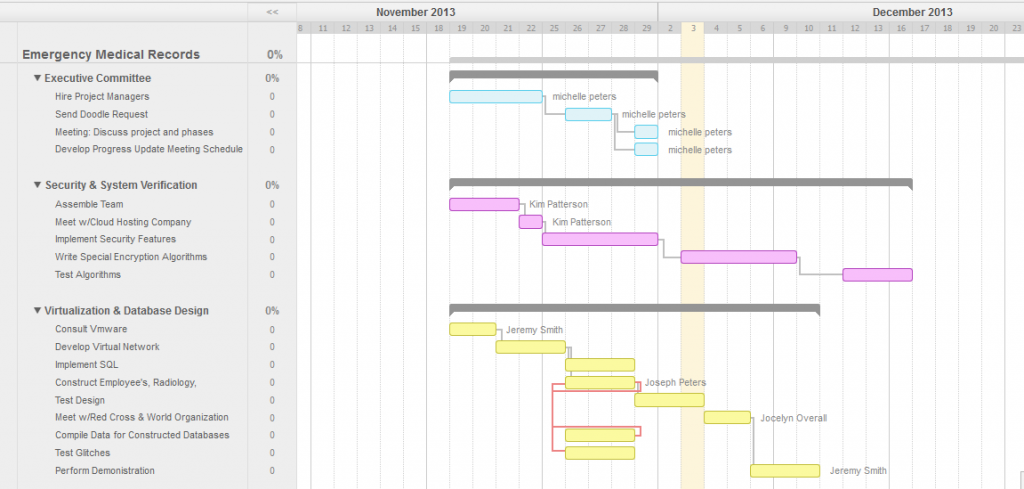Table of Contents
*[http://www.slideshare.net/slideshow/embed_code/29060734}*
Introduction
“Dedicated to saving lives by providing information management solutions that enable organizations and communities to better prepare for and respond to disasters.” -Sahana Software Foundation-
Team Software Evolution has been presented with an exhilarating opportunity to collaborate with the Sahana Software Foundation to enhance the blueprint module created on Emergency Medical Records. Medical records serve as journals that provide healthcare professionals with pertinent information they need to make informed decisions concerning patient’s care. Medical records document patient demographics, medications taken, and previous illnesses and treatments. Typically medical records are stored at a doctor’s office, clinic, or hospital. They consist of reproduced forms that are printed on paper, and placed in a file that has been created for the patient by the office staff. Unfortunately, when a natural disaster occurs, medical records can easily be destroyed by the conditions or the weather conditions can prevent anyone from accessing them.
Project Description
Through the use of agile development Team Software Evolution and the Sahana Software Foundation has decided to split the enhancement of the Emergency Medical Records Management System into 6 parts:
- Security & System Verification-responsible for developing data encryption algorithms so that every exchange of data is completely secure. Create a network of virtual servers will hand the flow of information.
- Constructing of Intranet-responsible for the implementation for social media within an Intranet structure. This includes: Twitter, Text Messaging, and Email.
- Communications-responsible for developing voice dictation, video-conferencing modules within the Emergency Medical Records Management System.
- Databases for Departments-responsible for the incorporation of Laboratory, Pharmaceutical, and Radiology Department with the Emergency Medical Records Management System.
- Resources & Reports-responsible for creating a database that consists of resources for the medical staff and the resources within the database are updated in real-time. Reports are responsible for taking all of the data that is being input into the system and make it useful.
- Testing-responsible for testing various stages of the development process. Collecting data and analyzing it and forwarding the information to the project manager over that particular phase. We don’t want the programmer who are developing the software to also be the ones who are testing the software.
Requirements
- To create a web based Emergency Medical Records Management system that is compatible with all operation systems.
- To create an Emergency Medical Records Management system that is responsive. Developing software with responsive capabilities gives the medical
staff the flexibility to use their smart phones, tablets, or laptop computers to input and retrieve data without the information being distorted.
- Develop software that provides real time documentation from patient arrival until the patient is discharged.
- Provide email and text notifications to alert the medical staff when lab results are ready, and when prescriptions have been filled.
- Design an Emergency Medical Management System the mains the highest level of date integrity and security to maintain patient confidentiality.
User Cases
Jackie Johndro, Director of Nursing for the Medical Disaster Relief Division of the UN, has given the Emergency Medical Records Management System software two thumbs up!! Jackie Johndro and her staff love the simplicity of the software design. Johndro states,"That triaging patients was once a lengthy process in the past, but now her medical staff can get the most information in the least amount of time." The software allows the patient who aren't seriously injured to be quickly treated and released, so they can get back to their loved ones and began the rebuilding their lives. The software also allows for the maximization of medical resources needed to care those who are seriously and critically injured. Healthcare professionals are raving about no longer being attached to counters and laptop computers. The software was designed on a JAVA platform eliminating typical compatibility issues. According to Johndro, the healthcare professionals in her industry have been waiting for the software that servers as a one stop shop for patient care.
Dr. Ben Cartwright, Chief of Surgery, for the United States Air Force, is intrigued by the Emergency Medical Records Management System. He loves the Communications Module of the software. Dr. Cartwright states,"Being able to video-conference, tweet, and email colleagues is extremely vital to him." If the video-conference is generated by using a patient's barcode, all records are automatically uploaded to the patient's electronic medical record. He no longer has to worry about transcribing physician's notes, when he can scan the patient's barcode and use the microphone on his smart phone. Once he ends the recording, the transcribed notes are placed into the patient's medical record. Through real-time technologies Dr. Ben Cartwright has the most current information concerning patient care. Dr. Cartwright believes that he is armed the necessary tools he needs in order to make the most informed decisions regarding patient care.
Rosa Lee Farquire, Director of Human Resources for We Are the World Global Foundation is captivated by the Reports Module of the Emergency Medical Records Management Software. She has the ability to access an array of reports in just a few quick touches of her tablet. Through the use of Air Print technologies she can send queried reports to any printer wirelessly. Mrs. Farquire can easily track the number of hours each healthcare professional works through the use of daily and weekly logs. Mrs. Farquire and her staff can schedule relief personnel by sending a tweet. Statistical data can be queried detailing how many patients were seen on a daily, weekly, and monthly basis. Based on the number of patients seen, how many of them were considered green (acute) level patients, blue (sub-acute) level patients, or red (chronic) level patients. Likewise, supply inventory reports can be queried to insure that shelves remain stocked. A queried roster of all of the surviving patients seen can be forwarded to the Red Cross so they can be placed on the Safe and Well List. In addition, a roster can be forwarded to the Red Cross of the patients who didn’t survive, so their families can notified. If Mrs. Farquire was in charge of the decision making process our Emergency Medical Records Management Software would be the only software used in a natural disaster.

